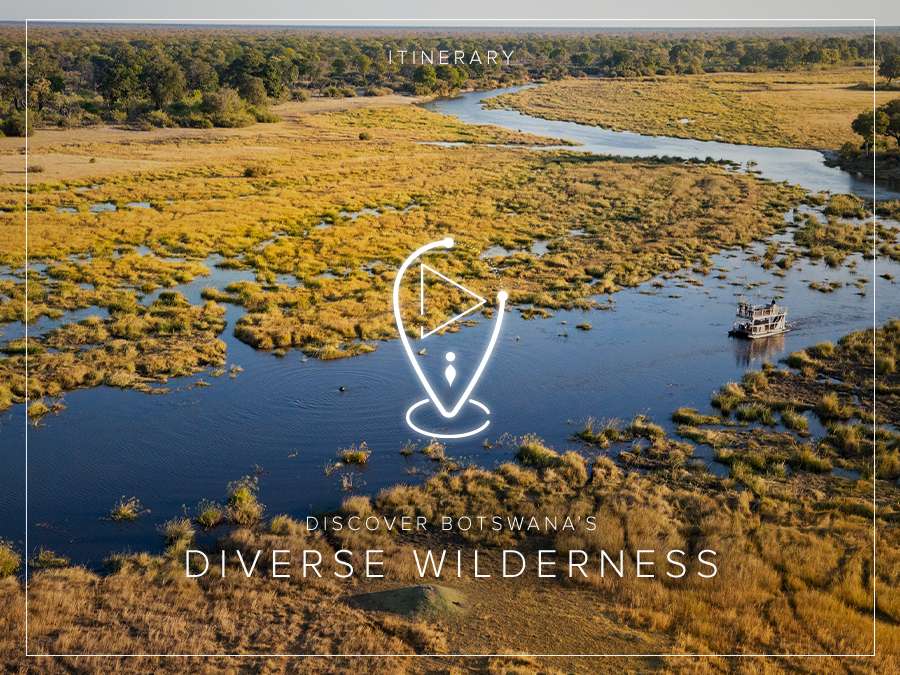Where the boundaries between land and water are often blurred…This is Jao, this is the Okavango Delta, as some of the purest waters on Earth ebb and flow, descending from the Angolan highlands to the Kalahari Desert. Jao co-owner Cathy Kays’ description captures the magic of both, of the camp and its dreamlike setting.
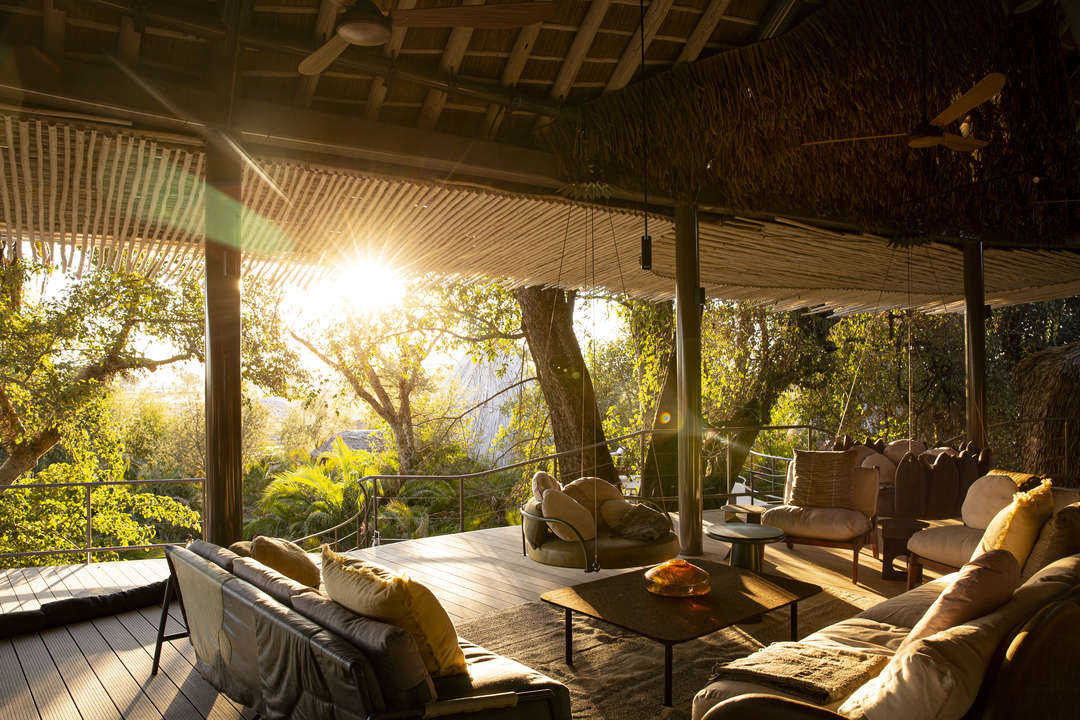
Built 23 years ago by the Kays family – Cathy, husband David, son Martin and team – Jao rests under a tree canopy on its own remote island, surrounded by a watery garden of channels, reeds, and lilies. Land- and water-based game viewing are spectacular there, with huge wildlife diversity, ranging from the elusive Pel’s fishing-owl, to the infamous ‘Jao Mafia’ mongoose gang, to a myriad of big cats, to cohabiting crocs and hippos, to vast antelope, buffalo, and elephant herds. Cathy and her colleagues have so much to say about wildlife encounters at Jao that we’ve given them a whole separate blog HERE.
The camp itself is a knockout, one of Wilderness Safaris’ most luxurious and a multiple-award winner. Revamped in 2019, Jao is a sculptural marvel of natural and recycled materials, of steel, wood, and glass, of towering, spacious interiors embracing the light, the bush. Offering extras like its spa, library, museum, and gallery. In many places stamped with the Kays family’s personal touch – a family rooted in Botswana since the 19th century and today based in Maun, running Ngamiland Adventure Safaris (NAS) and other ventures.
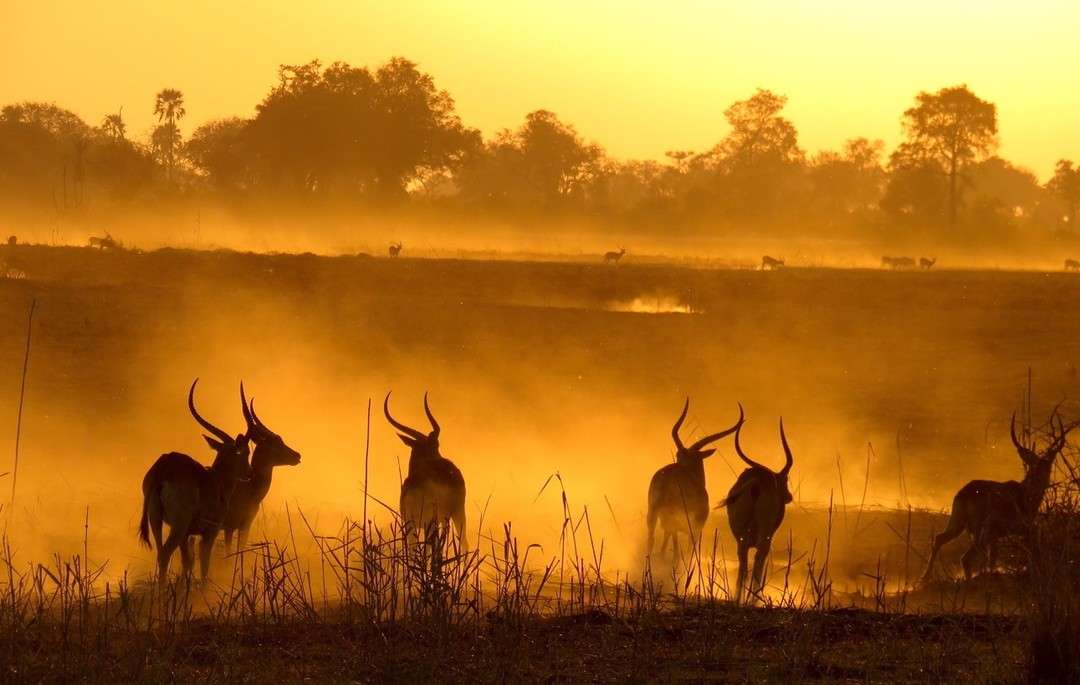
Cathy, shareholder and director for finance, guest relations, and décor; Martin Kays, NAS director; Kgosi Sethoko, Jao lodge manager; Cindy Swart, Food Experience Manager, Jao Reserve; and Guide Meshack Mbwe share what they love about Jao and its floodplains…
The Name
(Cathy) ‘Jao’ comes from the maXanekwe name ‘Xao’, and in that language means ‘to try something that is good tasting’. In baYei it means ‘metsi a tsela a Mashaa’, which translates into ‘a water channel that brings new water’.
Book your journey to Jao Journey now!
The Essence
(Cathy) The Jao floodplains are what distinguish Jao. I know of no other place in the Okavango with such vast open plains, which provide for incredibly beautiful scenery. For me that is what Jao is all about, a very special place in the Okavango Delta – where the boundaries between land and water are often blurred.
(Martin) Jao for me is a true Okavango Delta experience. It’s a great place to come and unwind, as your typical safari experience is filled with excursions so you’re often pretty bushed by the end of a safari. The whole camp to me is really special. I’d call it my second home as I have years of special memories here. I’ve seen Jao grow from a wild island with nothing on it into a beautiful, award-winning camp. As a boy I helped position the first rooms by climbing trees to help the team get an idea of potential views. Then I had the opportunity 20 years later to rebuild Jao into what it is today.
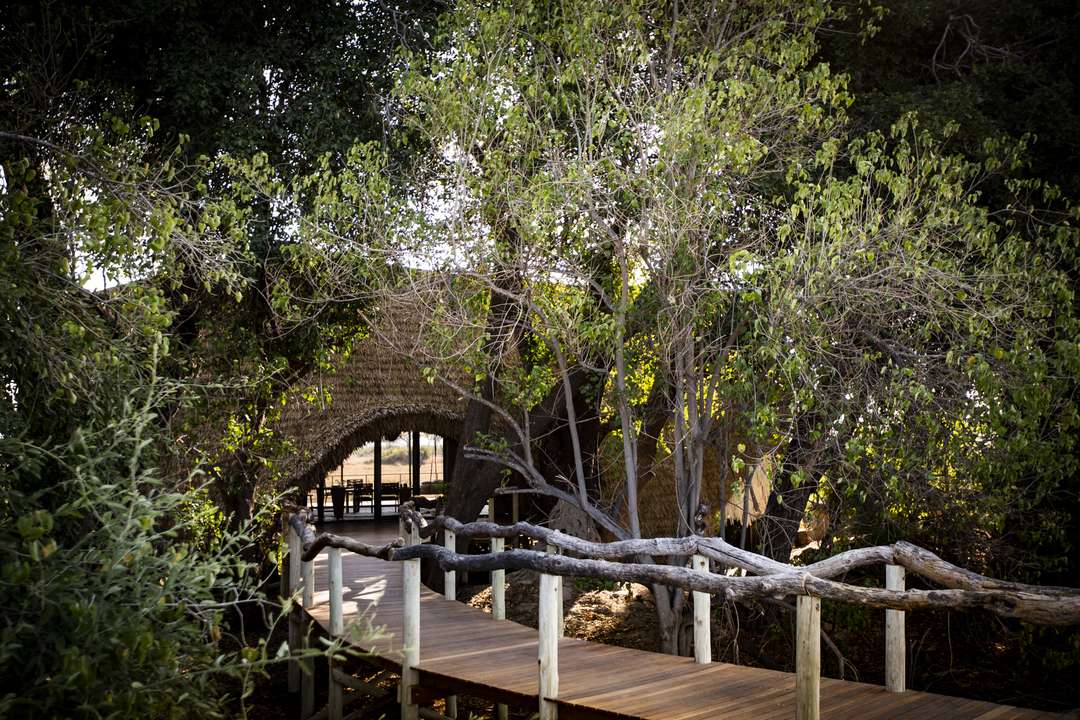
The Family
(Cindy) Guests always find the family feeling a special part of Jao. Here we are all a part of the greater Jao family, and guests staying with us can feel that. The Kays family has welcomed each of us to be a part of their dream, Jao Camp. Cathy is one of the few people who’d let my love of the mongooses and birds run wild, almost daily getting a picture or video of a baby mongoose’s growth, or of swallows building a nest near the office; there are not too many bosses willing to do that.
(Kgosi) Jao for me is the people! The love and the passion that everyone working here has for their job and being here. You must have a love for the wilderness to do what we do, and everyone here has it, and you can see it. The team has unrivalled connection and mutual support. Like any other family we have our days, but we get through them and keep getting stronger – we often laugh through it together.
Adventures/Activities
(Cathy) We offer mokoro trips, fishing, and boating in the wet areas and walking and game drives on dry land. Some years up to 85% of the Jao Reserve can be inundated, but we have great logistics worked out to get guests to the prime game-driving areas in between the water activities. Guests love going on the mekoro, such a peaceful, serene experience and the perfect time for noticing the smaller creatures and the magnificent flora. Highlights for many guests are Jao’s wonderful bush setups, be it an outdoor breakfast facing a hippo-filled lagoon at dawn; brunch with tables set in the shallows of the lechwe-dotted floodplain, with clear water and white sand enveloping your feet; a bush picnic on Hunda Island amongst a zebra herd; a sundowner setup or gin stop that brings the lounge into the bush; or a magnificent bush dinner set under starry skies, a mesmerising fire as the focal point.
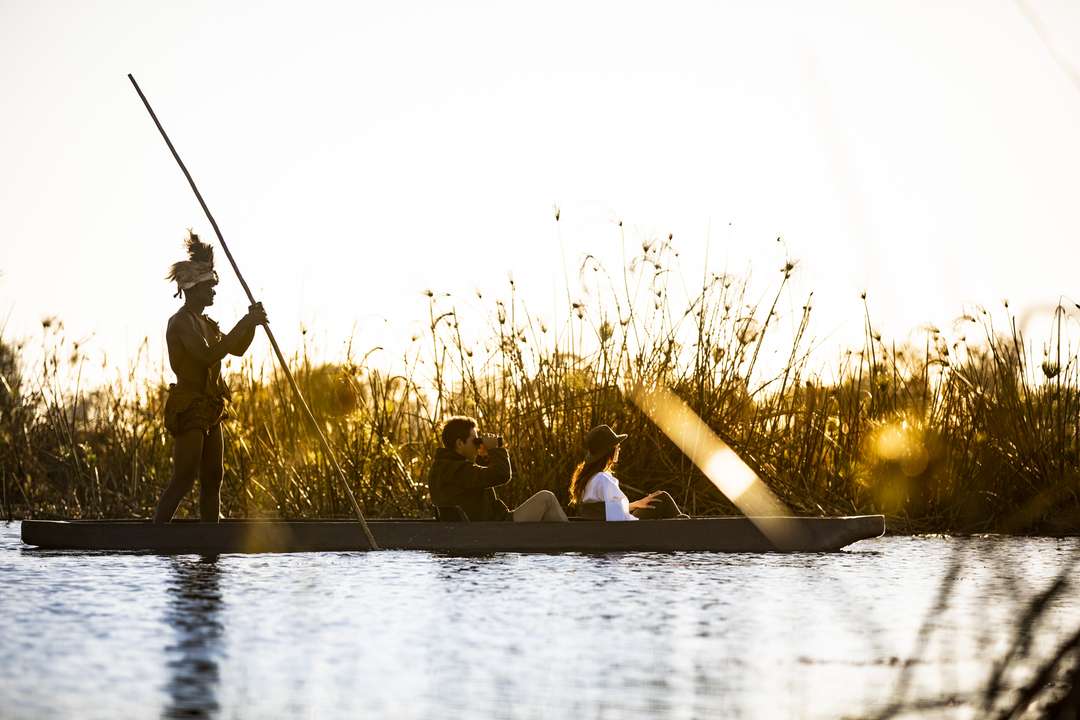
Design/Décor
(Cathy) Jao is a place of wonder with beautifully designed buildings that fit into the landscape. The ‘new’ Jao is a major departure from the old camp with its thatch and hand-crafted woodwork. This is a far more sustainable camp, making use of the opposite spectrum of building materials, with steel and recycled plastic. It was quite terrifying, but watching the rebuild come to life was tremendously fulfilling. Jao is a very personal place for me; so much of our love and energy have been invested there. We’ve shared a lot of our history in the Jao museum.

The furnishings are hand-crafted and designed especially for Jao, so everything is unique. Elements of my childhood reflect in the sandstone slabs which come from my home town and are used as coffee tables, vanities, and kitchen counters throughout the camp. The rooms are open plan with high-pitched roofs, creating volumes of space, and glass or metal gauze aluminium doors opening out to the magnificent floodplains.
The main area has the same height off the ground as the original Jao main area had, but it is larger and designed around the trees. This area has an indoor lounge and dining area which can be opened up to the elements with its tall glass stacking and folding doors, or sealed off against the cold in winter or bugs in summer. The main feature of this area is the impressive bar with its cedar counter over an angular iron base, with a backdrop of leadwood uprights holding glass shelves. Above the bar hang hand-thrown, ceramic lily-like lights in a mass display offset with water-coloured strapping and a large ceramic leaf-imprinted disc. The stately iron fireplace set on a sandstone slab creates a cosy ambiance on cold winter nights. Adjacent to this and under the same roof structure is the outdoor lounge area, with separate private eating decks set amongst the trees.
Alongside the main area two oval shaped towers house the kitchen and the gallery/museum. There you’ll find many curiosities under glass, the library, a wine cellar, and a striking giraffe skeleton.
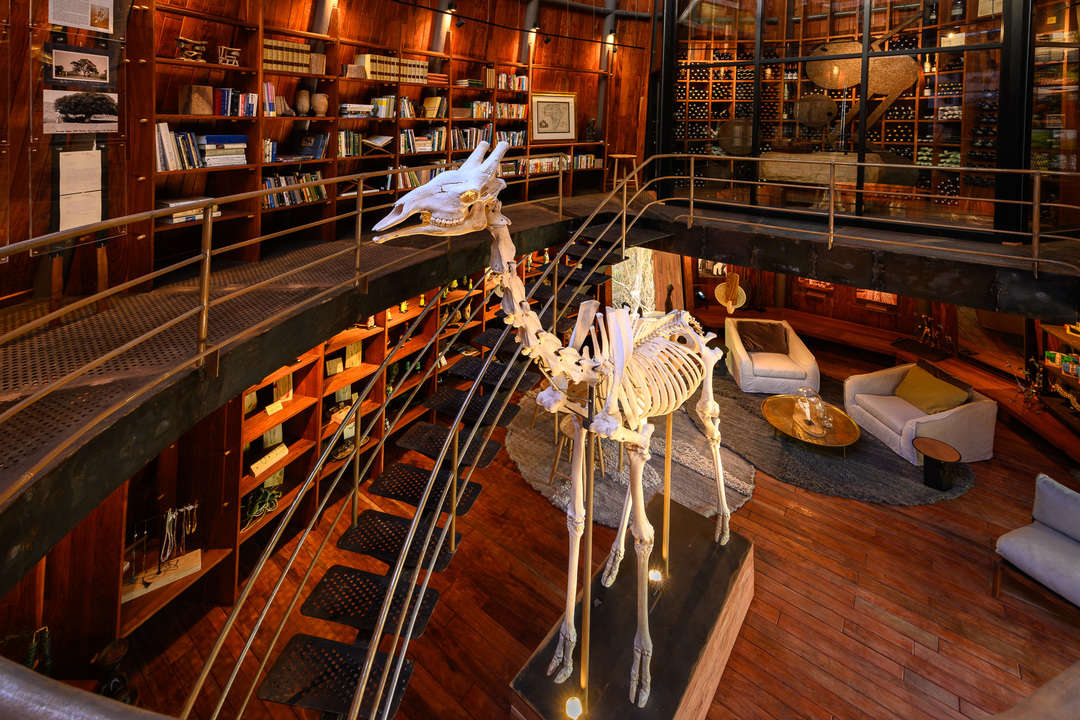
Dining
(Cindy) Dining at Jao is an experience in itself, and in essence is the spirit of the Delta, simplicity made special. We offer dining in each guest room, and if staying in one of the two villas, you can have your own private chef come to your room and make your dinner for you. We can also do meals in the bush – and whether you are eating brunch with the water lapping around your ankles, or on drier land with the roar of the lions in the distance, you will hold the experience for the rest of your life.
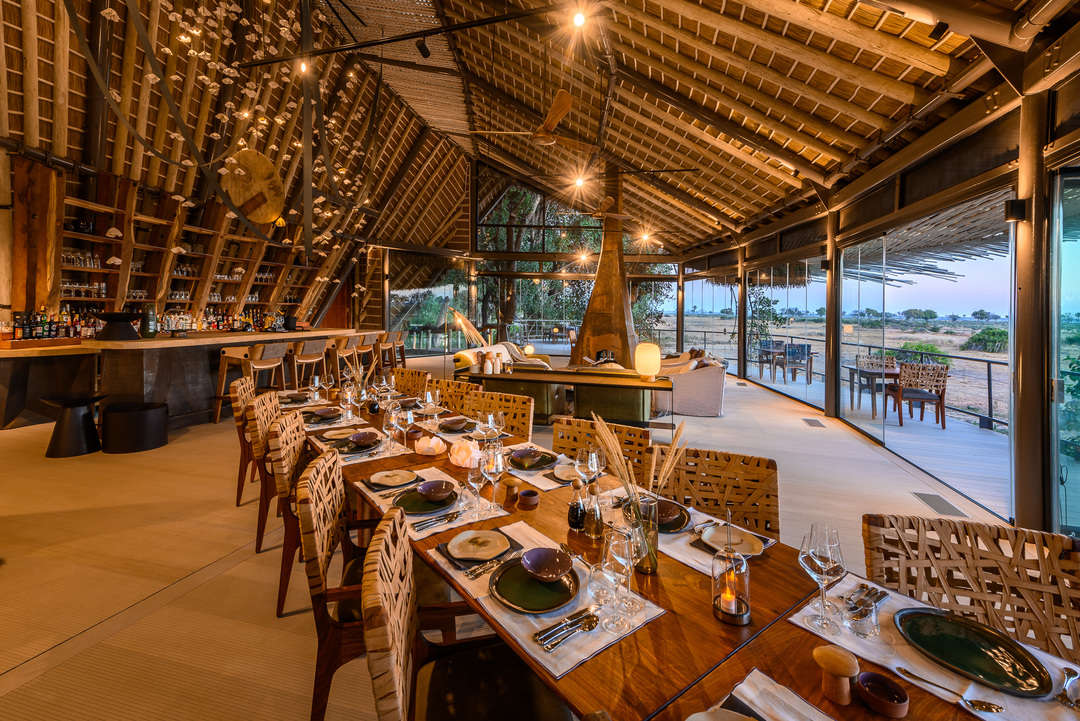
The Seasons
(Cathy) I honestly cannot pick a favourite season; each season is so different and brings its own pleasures. Spring is short lived, as we seem to move quickly from winter into summer, but I would define spring as being mostly hot and dry. The water has mostly dried up on the plains, leaving the channels and the permanent water to the east with water, which attracts the animals into a more concentrated area. Large flocks of wattled crane gather on the floodplains, and the lechwe herds move out to the water in the day, then trek back to the dry floodplains at night, preferring the openness for safety. The elephants concentrate in big herds and the buffalo gather.
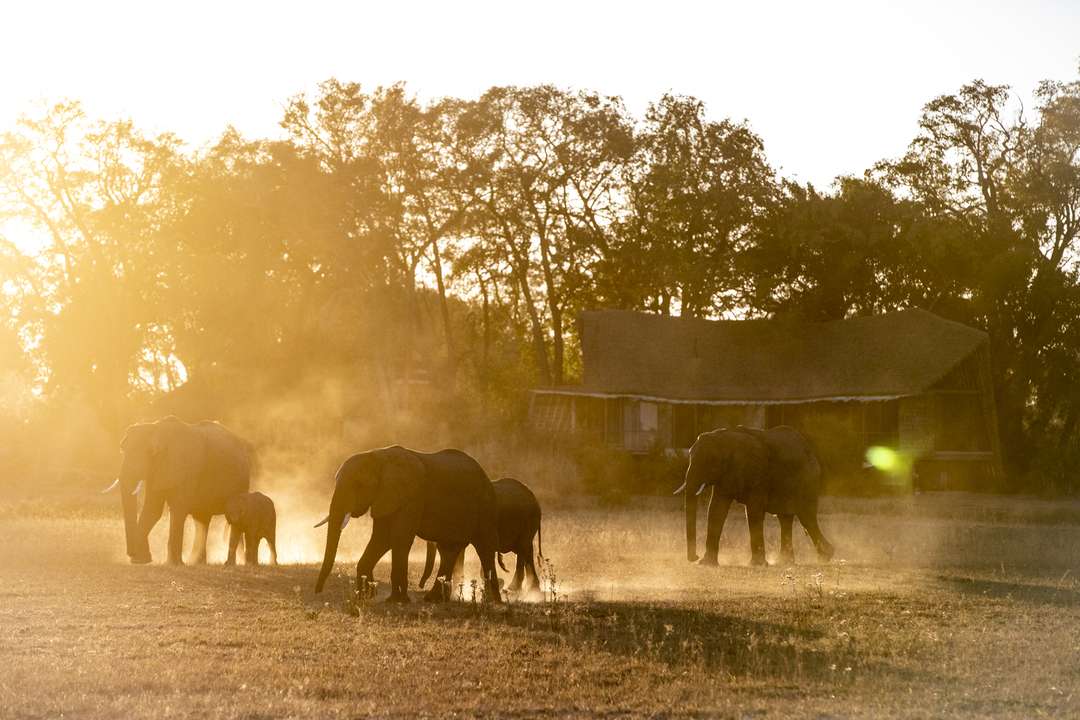
With summer comes the rain. Dramatic thunderstorms build up while the humidity intensifies, and then the falling rain brings sublime relief. Summer also is the baby season, with most antelope, wildebeest, zebra, and buffalo giving birth during this time. The grass becomes lush and green, providing plenty of food for the grazers, which in turn provide plenty of food for the predators. Now that the pans are filled with rainwater, the elephants move out to the drier areas in the west so that they can enjoy a different diet of mopane trees.
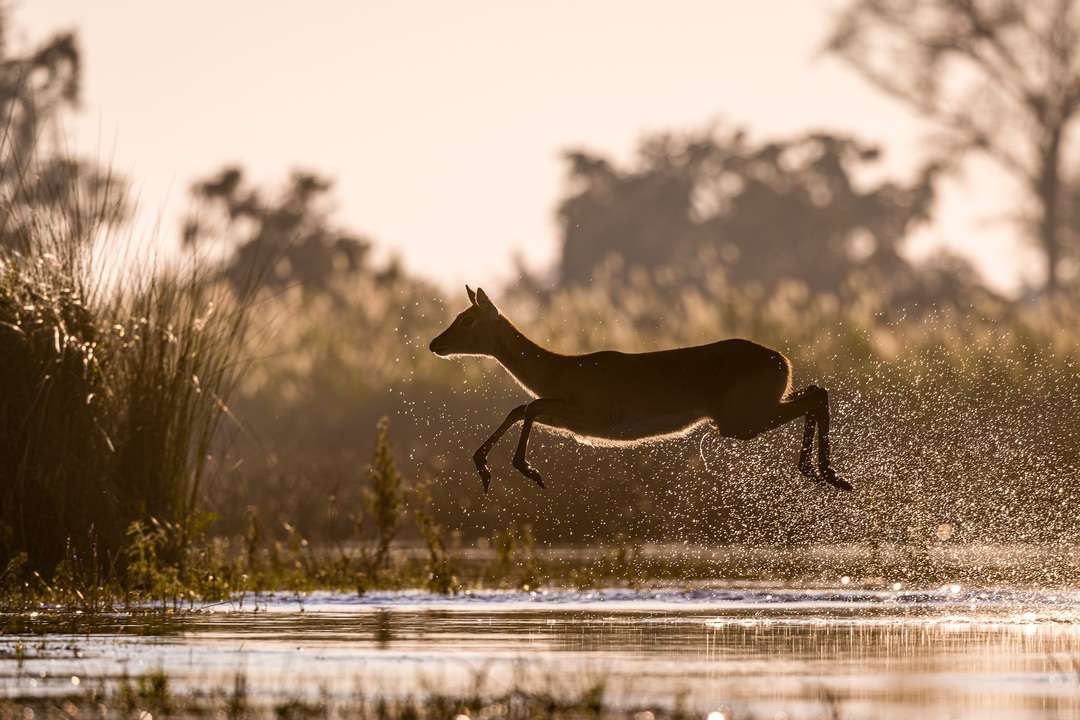
Autumn brings the floodwater, which has travelled down from Angola. The floodplains fill up with water and everything remains lush and green for a few months longer. With the water come large herds of lechwe, filling the Jao plains and providing easy pickings for the local predators. The crocodiles may move onto the floodplains and become more visible, and we often have the rare sitatunga on Jao Island. The channels are filled with pristine water, so clear that you can see the water lilies’ twirling stems beneath the surface. The elephant herds now return.
Winter brings cold crisp mornings, occasionally with mist. The water levels are usually at their highest, so water activities like mokoro trips and boating are a highlight. This is the perfect time of year to take a boat cruise to Hunda Island in the west, to spend a day there exploring the drier regions with the animals on offer, and enjoying a picnic along the way. I never tire of the place.

Special Spots
(Kgosi) So many options, I don’t even know where to start. Jao has a stunning view no matter where you are. But I must say I have a soft spot in camp for the fire area downstairs closest to the main pool. It is a perfect place to sit in the evening with a fire going, having a good chat and watching the sun go down, with its reflection in the water.
(Martin) The Jao floodplains for the view and great sunsets. The waterways around Jacana, which I believe is one of the best places to mokoro and boat in the Okavango Delta. Then there’s the baobab trees we have around the reserve. Harry’s Baobab is the largest and is awesome to see up close.
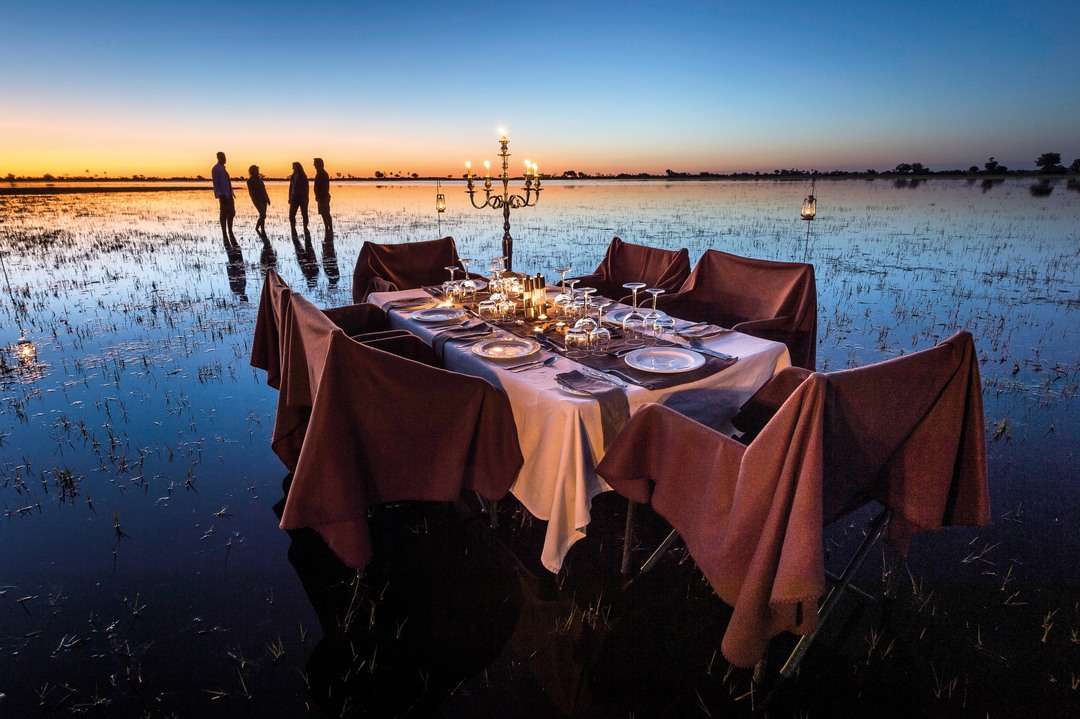
The Takeaways
(Kgosi) From the moment guests arrive in camp, it is my goal to make them feel free and to know that this is their home and that they have nothing to worry about during their stay. So ultimately that is what I want them to take away with them: the idea that Jao is their home, and home is a place you always want to go back to no matter where you are in the world. Once Jao is your home, you will ultimately return – it might not be tomorrow, but you will come back.
Written by Melissa Siebert
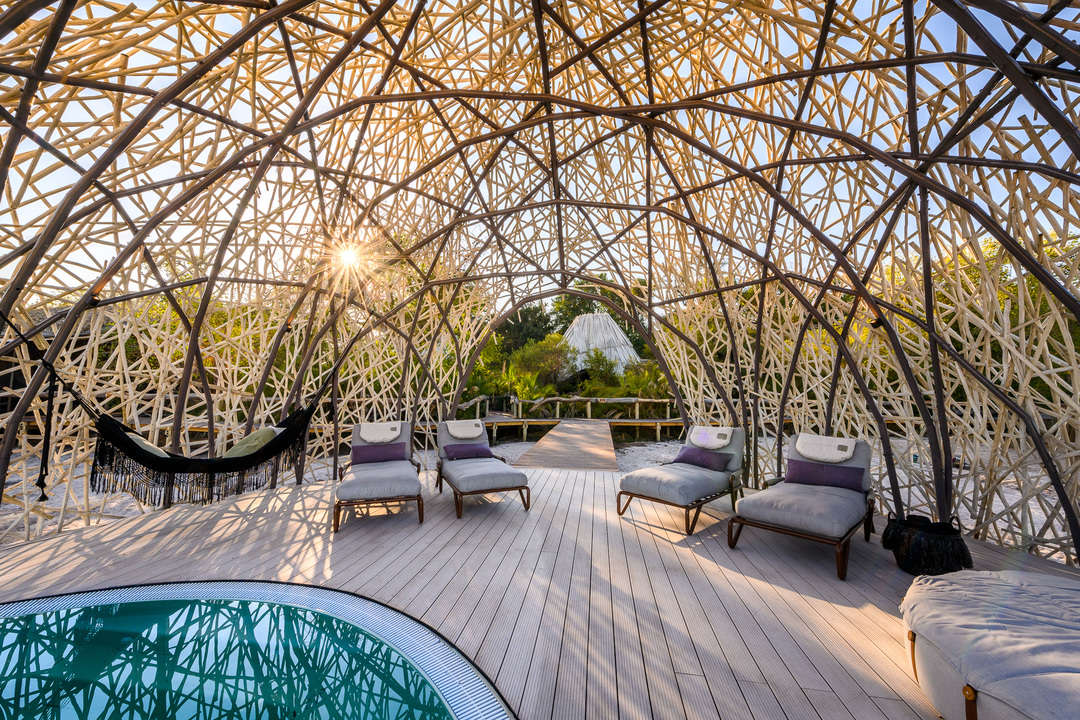













Let’s plan your next journey
Ready?
When we say we’re there every step of the way, we mean it, literally. From planning the perfect circuit, to private inter-camp transfers on Wilderness Air, and easing you through Customs. We’re with you on the ground, at your side, 24-7, from start to finish. Ready to take the road less travelled? Contact our Travel Designers to plan an unforgettable journey.
